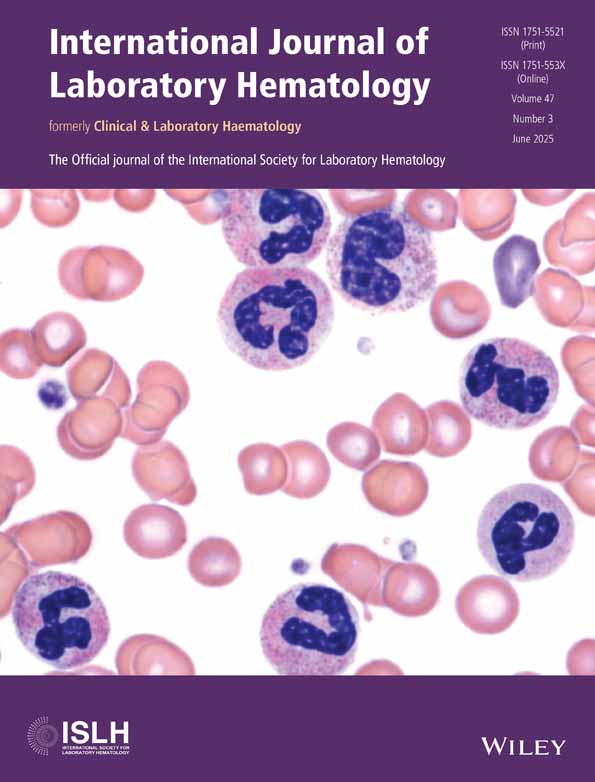Overexpression of lncRNAs HOTAIR and MALAT1 While Downexpression of lncRNA PANDA Predict the Resistance of Diffuse Large B-Cell Lymphoma to R-CHOP Chemoimmunotherapy
Funding: The authors received no specific funding for this work.
ABSTRACT
Background
Long noncoding RNAs (lncRNAs) have emerged as key regulators of cancer; in addition, they have been identified as novel therapeutic targets and biomarkers for several cancers, including diffuse large B-cell lymphoma (DLBCL).
Methods
A total of 75 DLBCL patients and 30 control subjects with active lymph nodes were enrolled into our study. The baseline expression levels of lncRNAs HOTAIR, MALAT1, and PANDA in paraffin-embedded blocks of lymph nodes from DLBCL patients and controls were evaluated using reverse transcription quantitative real-time PCR (RTqPCR) technique.
Results
The expression levels of HOTAIR and MALAT1 were increased while PANDA expression level was decreased in DLBCL patients when compared to controls and in R-CHOP-resistant patients when compared to responder ones. Also, HOTAIR, MALAT1, and PANDA baseline expression levels were significantly correlated with the different clinical parameters in this study. As diagnostic and prognostic tools, the results obtained from the ROC curve revealed that the PANDA baseline expression level was the best one as the diagnostic biomarker could differentiate DLBCL disease and the prognostic biomarker predicts R-CHOP resistance.
Conclusion
In conclusion, the integrated approach reveals that lncRNAs HOTAIR and MALAT1 were upregulated, while lncRNA PANDA was downregulated in DLBCL patients compared with controls, and the three lncRNAs closely associated with clinical prognosis. This study warrants future studies in clinical trials for the treatment of R-CHOP-resistant DLBCL patients.
Conflicts of Interest
The authors declare no conflicts of interest.
Open Research
Data Availability Statement
The data will be made available by contacting the corresponding author upon reasonable request.




